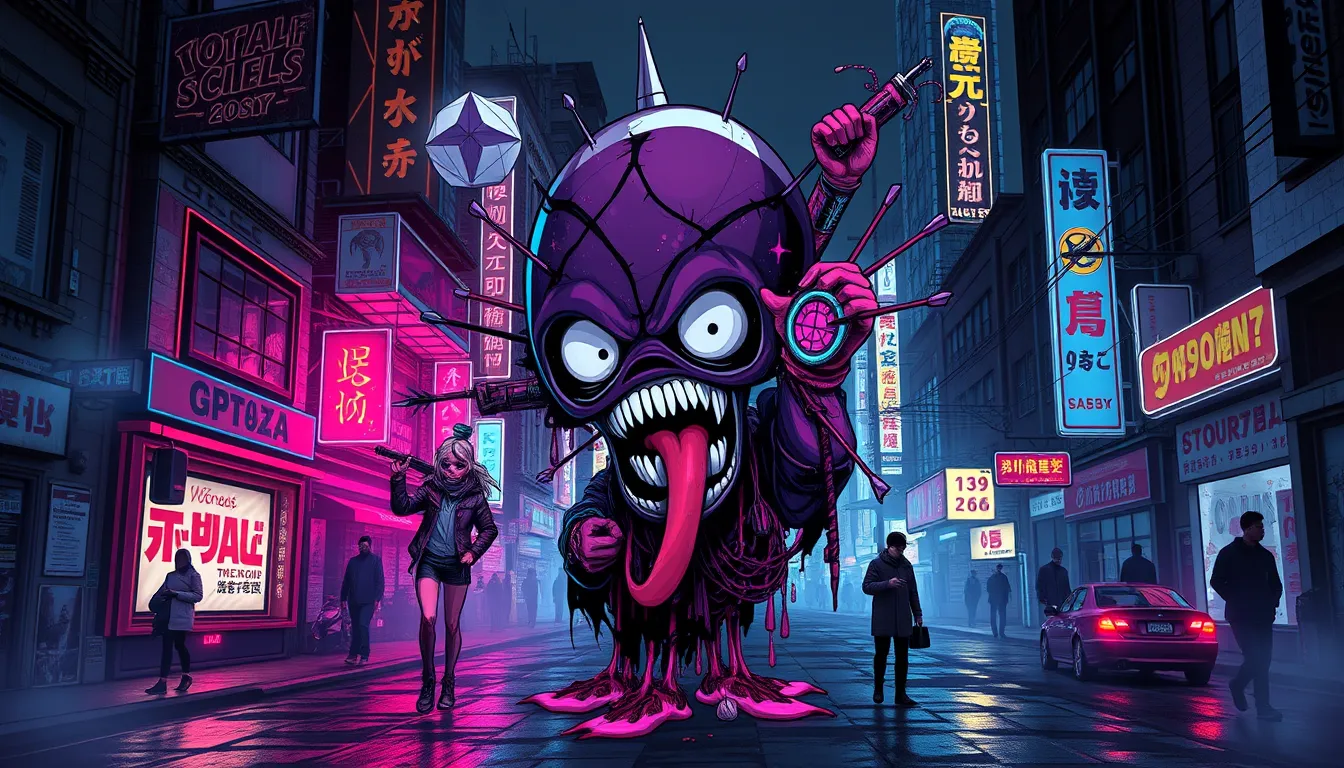Now Reading: AI Generated Content: Trends and Moderation Insights
-
01
AI Generated Content: Trends and Moderation Insights
AI Generated Content: Trends and Moderation Insights

AI Generated Content: Trends and Moderation Insights
In today’s rapidly evolving digital landscape, the spotlight is on AI generated content. As artificial intelligence reshapes how we create and consume media, this innovative technology introduces both groundbreaking opportunities and complex challenges. From the surge in YouTube AI channels to the intricate hurdles of moderating violent animated material, this article dives into the dynamics of digital creativity in a bold new era.
Understanding the Rise of AI Generated Content
The ascent of AI generated content is unmistakable. With advanced algorithms and expansive datasets, AI is now capable of producing everything from realistic visual effects to entirely original animations. This surge in automated content generation has raised questions about originality, quality, and safety in digital media. Critics note that while AI offers artistic freedom and democratizes content production, the resulting material sometimes crosses boundaries in both graphic and thematic expression.
How Technology Fuels Creativity and Controversy
Several factors contribute to the growing prevalence of AI generated content:
- Enhanced algorithmic capabilities that mimic human creativity
- Access to massive and diverse datasets of visual and textual information
- The desire for sensational content that draws viewer engagement
- A shift in media consumption patterns favoring edgy and unconventional art
This blend of innovation and controversy has particularly taken shape in niches that explore the limits of acceptability, such as graphic animated sequences and explicit visual themes. By its very nature, AI generated content challenges existing regulatory frameworks and demands novel approaches to digital oversight.
YouTube AI Channels and Their Role in Digital Media
Across digital platforms, YouTube AI channels are emerging as a potent trend. These channels leverage AI to create striking, sometimes provocative animations that push creative boundaries. On platforms like YouTube (visit YouTube), these channels have found an audience that craves content which is both visually stimulating and intellectually challenging. However, their rise has also prompted concerns about content moderation and the safeguarding of vulnerable viewers.
The Balancing Act of Artistic Expression and Policy
YouTube’s increasing reliance on automated systems for content review is a testament to the complexity of managing AI generated content. These channels often toe the line between innovative digital art and material that may be too graphic or fetishistic. This duality creates a persistent challenge for both the platform and regulators, who must balance free expression with community safety.
Challenges in Moderating AI Generated Violent Content
An especially pressing issue is the moderation of AI generated violent content. This area, which includes instances of cartoon gore and fetish material, has been difficult to regulate given the rapid pace of technological evolution. Some of the key challenges include:
- Content Ambiguity: The animated and stylized nature of the visuals can obscure the intended message, making it hard to classify content as art or as harmful material.
- Scale of Content: The sheer volume of AI generated content can overwhelm traditional moderation systems, both automated and manual.
- Evolving Technology: As AI systems continue to improve, the content generated becomes more sophisticated, often outpacing current regulatory frameworks.
For these reasons, industry experts advocate for an integrated approach that leverages both advanced AI moderation tools and increased human oversight. Enhancing these tools, along with stricter guidelines, could help platforms address the fine line between creative expression and potential exploitation.
Regulatory and Ethical Implications
The rise of AI generated content also sparks critical debates on ethics and regulation. Policymakers, content creators, and industry stakeholders are calling for clearer standards to govern digital media. Robust regulatory frameworks not only ensure community safety but also promote transparency.
- Mandating clear labels on AI generated content to distinguish it from human-created media
- Imposing restrictions on graphic material that verges on exploitation or violence
- Encouraging collaboration between tech companies and regulatory bodies to update content policies in real-time
Aligning innovative practices with responsible oversight is essential for the sustainable growth of digital media. As discussions continue globally, the imperative remains to protect audiences while still fostering an environment for creative exploration.
The Future of AI Generated Content and Digital Oversight
Looking ahead, the impact of AI generated content on digital media is poised to expand further. With advancements in AI continuing at a breakneck pace, the content ecosystem will undoubtedly see even more transformation. Creators and platforms alike must adapt to ensure that the benefits of AI are harnessed without compromising ethical standards.
In conclusion, the evolution of AI generated content represents both a revolution in art and a challenge for modern content moderation. With YouTube AI channels at the forefront of this trend, the debate over how best to balance innovation, artistic integrity, and social responsibility remains heated. By embracing integrated moderation systems and evolving regulatory measures, stakeholders can help safeguard digital environments while celebrating the transformative power of AI.
Final Thoughts
As this digital revolution unfolds, it is clear that AI generated content is here to stay—transforming not only how we create media but also how we perceive it. The journey toward effective moderation and regulation is complex and ongoing. However, by scrutinizing trends and engaging in dialogue across the industry, there is hope for achieving a balanced approach that nurtures creativity while ensuring a safe, ethical digital future.

























